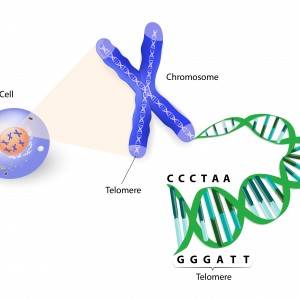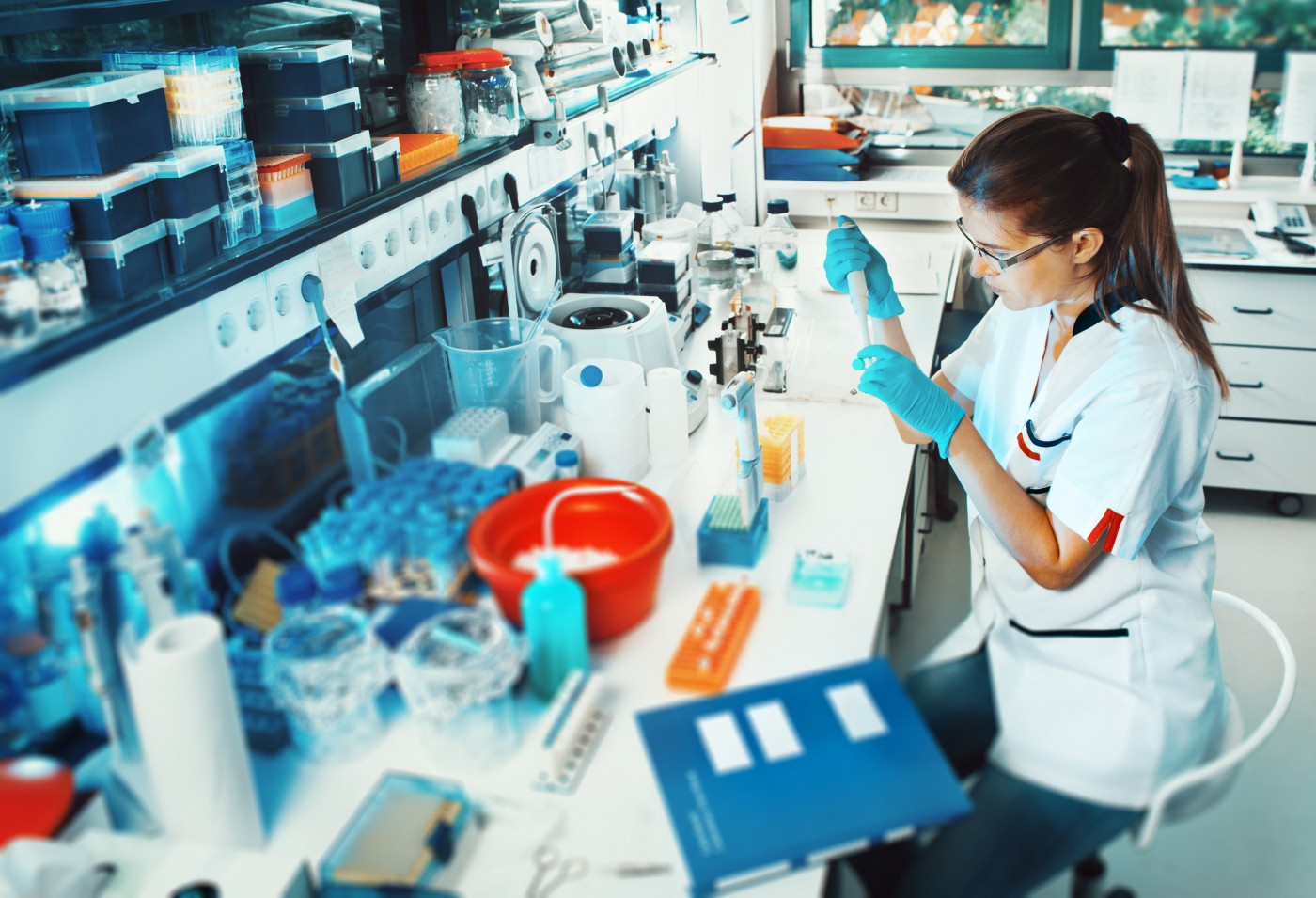 Researchers at NYU Langone Medical Center recently revealed a new approach to delay the growth of BRCA-related cancers. The study, entitled “Mammalian polymerase θ promotes alternative NHEJ and suppresses recombination,” was published in the prestigious journal Nature.
Researchers at NYU Langone Medical Center recently revealed a new approach to delay the growth of BRCA-related cancers. The study, entitled “Mammalian polymerase θ promotes alternative NHEJ and suppresses recombination,” was published in the prestigious journal Nature.
BRCA1 and BRCA2 genes are known to produce tumor suppressor proteins that help repair damaged DNA, ensuring the integrity of the genetic material. When one or both of these genes suffers mutations, their encoding protein may no longer be produced or have its function compromised, potentially resulting in a defective DNA repair mechanism and increased risk for genetic alterations that may lead to cancer. It is well-known that if a woman inherits specific mutations in the BRCA1 or BRCA2 genes, her risk for developing breast and/or ovarian cancer is greatly increased.
Researchers found that by blocking the activity of a specific enzyme — polymerase theta, also known as PolQ – it was possible to drastically slow the development of cancer cells linked to BRCA1 and BRCA2 genetic mutations.
[adrotate group=”3″]
The researchers obtained these results when studying telomeres. Telomeres correspond to the caps at the end of each DNA strand, which protect the edge of the chromosomes from degradation and from fusion with other chromosomes. The DNA repair machinery, including PolQ, can accidentally fuse together telomeres, a phenomenon that can impair normal cell growth and survival.
“In the purest biological sense, our findings show how this particular enzyme, which we know is active in several tumors, promotes unwanted telomere fusions by inserting whole segments of DNA via a disruptive DNA repair pathway termed alt-NHEJ,” explained the study’s senior author Dr. Sfeir in a news release. “It was quite remarkable to find that by blocking PolQ action, cancer cell growth was cut by more than half.”
The team discovered that as telomeres were fused, portions of new genetic material were introduced as a consequence of PolQ activation of the alternative non-homologous end-joining (alt-NHEJ) pathway. This is one of the pathways available for DNA repair; it is however an error-prone repair mechanism and can result in DNA deletions and coding errors.
“Our studies will continue to look at how the alt-NHEJ pathway operates,” added Dr. Sfeir, “and what biological factors cells use in addition to PolQ to choose between the error-prone or error-free DNA repair pathways.”
PolQ inhibition results in the suppression of the alt-NHEJ repair pathway in dysfunctional telomeres. Together, these findings suggest that the development of new targeted therapies based on PolQ inhibition is a valid approach for cancer patients carrying BRCA1 and BRCA2 mutations.

